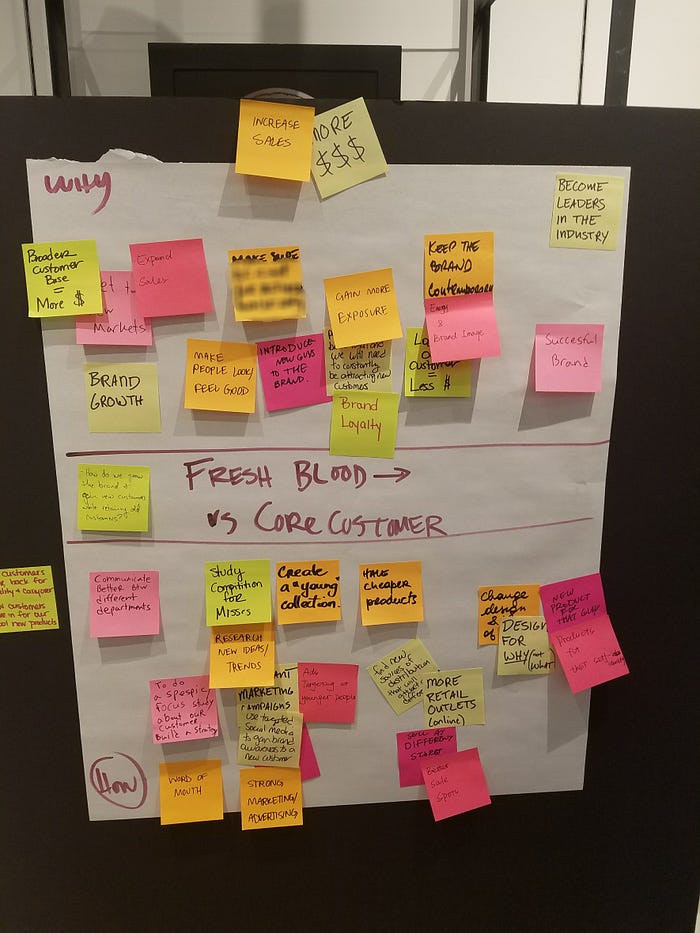Abstraction Laddering
Reconsider a problem statement by broadening or narrowing its focus
Jerry Becker
What Is Abstraction Laddering?
Abstraction Laddering is a problem-framing activity that has participants reconsider problem statements by broadening or narrowing its focus. Participants brainstorm and explore "why" and "how" statements generated from the initial problem statement in order to explore context, possibilities, and potentially reframe the original problem statement to one that is more compelling or broader in nature.
Why Do Abstraction Laddering?
Taking time to explore a given problem statement can help you reframe the statement in a way that better lends itself to innovative thinking. Of course, sometimes at the end of this activity it is decided that the original problem statement was the best, and in that case you at least explored other options to validate the current wording. But in many cases, the problem statement is reworded or reframed in a way that broadens the aperture of creative solutions, allowing for more ideas and increasing the creative potential of your solution.
How to do Abstraction Laddering?
Steps to facilitate this practice:
"Why" Framing
- Identify an initial problem statement
- On a whiteboard or digital whiteboarding tool (if facilitating remotely), draw a ladder with multiple rungs. If facilitating in person, ensure each participant has a pad of stickies and a sharpie
- Write your initial problem statement in the middle rung
- Ask the group to write down 3 reasons as to WHY this is a problem, with each reason on its own stickie
- Cluster stickies that are similar together on the board and present them to the group. Reword clusters with a new stickie to captures the problem statements at a level that captures the essence of all stickies in that cluster
- Give the group 3 dots and have them vote on which problem statements they like the most
- Place the top 3 stickies on the next rung of the ladder
- Repeat steps 4 through 7 for the new problem statements 2 more times
"Causality" framing
- Going back to the original problem statement, ask the group to write down 3 things that answers the question "what problems does this cause?"
- Cluster stickies that are similar together on the board and present them to the group. Reword clusters with a new stickie to captures the problem statements at a level that captures the essence of all stickies in that cluster
- Give the group 3 dots and have them vote on which problem statements they like the most
- Place the top 3 stickies on the next rung of the ladder
- Repeat steps 1 through 4 for the new problem statements 2 more times
Problem Statement Selection
- By now, you have a myriad of related problem statements that range from the more abstract (at the top of the ladder) to more concrete (at the bottom of the ladder). In a final vote, have each team member select which problem statement they think is most worth solving in order to generate the biggest impact.
- Take the top-voted statement and now you're ready to ideate solutions!
Look at Abstraction Laddering
Links we love
Check out these great links which can help you dive a little deeper into running the Abstraction Laddering practice with your team, customers or stakeholders.

